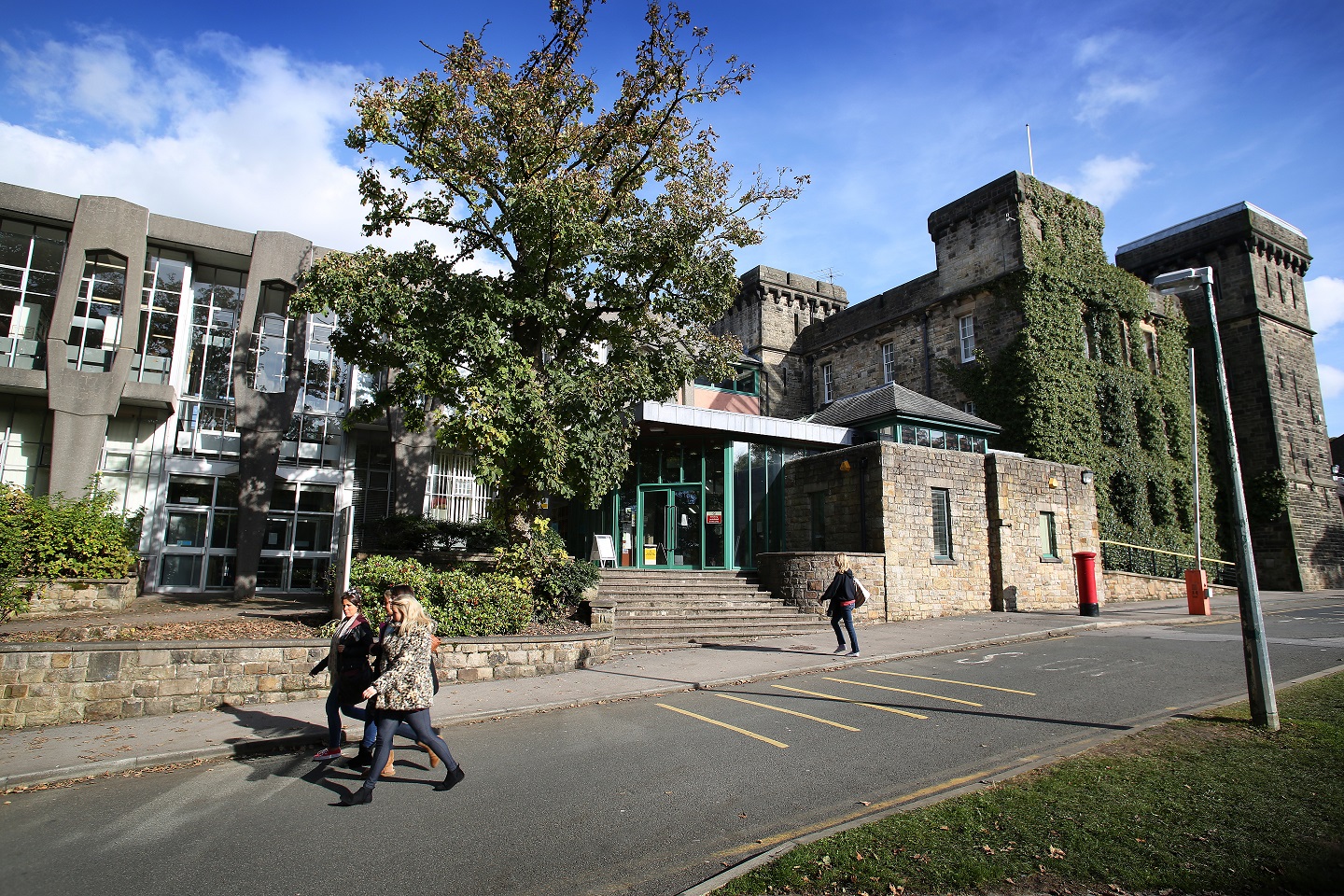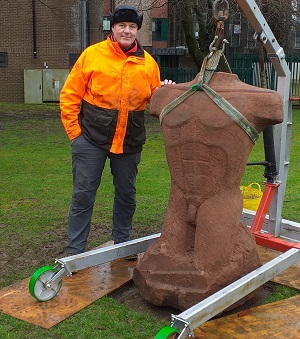
Three planning applications have recently been approved by Lancaster City Council’s planning committee relating to planned work for the Lancaster campus to ensure the best future use for the site.
Masterplan for the Lancaster campus
Following a comprehensive review of educational provision and facilities, the university updated its estates strategy in 2018 and has been developing a Masterplan for the Lancaster campus.
Whilst seeking to reduce the size of the site, the University of Cumbria wants to improve the quality of accommodation for its students and deliver community facilities in association with local councils and service providers.
Kate McLaughlin-Flynn, Director of Finance and Resources at the university, said: “Over the last few years the university has been working to deliver its estates strategy. The objectives of this strategy are to deliver just enough of the right type of space and services, available at the right times, in the right condition, at sustainable financial and environmental cost.
“Good progress has been made and whilst we have invested in new buildings and refurbishing others, the amount of space that we occupy is not proportionate to the size of the university and our future delivery plans; we have too much space. Many of the older buildings are in poor condition, not suitable for modern teaching or empty. This brings high costs to both maintain and run, but also to improve the poorer buildings to a suitable standard.”
So what exactly are the plans?
Plan 1
Sale of former tennis courts that have not been in use since at least 2012 and which are situated behind the all-weather pitch near Anderson Close. These will be redeveloped as a 2-storey supported living apartments for local residents in need, plus creation of access road and parking.
Plan 2
Demolition of buildings including Sarah Witham Thompson Halls, Gressingham and Melling Halls, Black Box Theatre, Old Dining Room and the Long Corridor and erection of a 4-storey extra care residential building. Partial demolition, conversion and change of use of the Art Studio from education facility to ancillary space associated with the extra care residential building and change of use and conversion of Barbon Hall and Hornby Hall from education facility to provide affordable residential apartments with associated landscaping, parking, access and service infrastructure.
An architectural impression of the new building can be found here.
Plan 3
Demolition of William Thompson Halls, conversion of 2 barrack buildings to 17 2-bed apartments, erection of 23 4-bed 3-storey townhouses and 2 4-storey student accommodation buildings comprising a total of 30 5-bed cluster flats.
An architectural impression of the new building can be found here.
No firm dates have been confirmed as yet to progress with the plans.
Moving and restoring our artworks
Renowned Cumbrian sculptor and St Martin’s alumnus Shawn Williamson has been returning to the Lancaster campus, where he studied, to restore original works he created for the site more than 30 years ago.
 Shawn’s visits are related to the preparatory work that is taking place on campus, ahead of the planned disposal of land around the south-east corner of the campus, Shawn, who is a Fellow of the Royal Society of Arts, is carrying out a number of visits to Bowerham Road to restore and relocate several sculptures.
Shawn’s visits are related to the preparatory work that is taking place on campus, ahead of the planned disposal of land around the south-east corner of the campus, Shawn, who is a Fellow of the Royal Society of Arts, is carrying out a number of visits to Bowerham Road to restore and relocate several sculptures.
This includes improvements to one of his own pieces, the ‘Red Torso’. It is one of the sculptures that is now on display outdoors in the courtyard behind the library and Bishop Cross Building, overlooked by College Main and the Alexandra Building.
Other sculptures in the university’s grounds that Shawn has helped to relocate include a fibreglass piece thought to be ‘Three Pillars with Holes’, by David Trace and ‘The Cross’, a wooden sculpture by local artist Jan Thorn.
Whilst studying at St Martin’s, Shawn was commissioned to sculpt St Martin and the Beggar, a stone piece that is on display outside the nearby chapel.
How can alumni get involved?
Joanne Lusher, Alumni Relations Officer, said: “Many of our purpose-built St. Martin’s College buildings, such as the Old Dining Room, Long Corridor and the William Thompson Halls were built in the 1960s. Generations of students have lived, socialised, and studied here. Many friendships and relationships have been forged within these walls and countless memories made. I’ve been lucky enough to meet many of our alumni to whom these buildings mean a great deal and we recognise that hearing our development plans for the campus may be quite emotional. We want to help our graduates to remember their student days, to celebrate happy times and recognise the impact that their time on our Lancaster campus has had on their lives. Whilst some buildings may not be around forever our memories and our friendships are.”
We would love to hear from you. Did you live in the Willy Tom, Sarah Witham, Barbon, Hornby, Gressigham or Melling? Did you make life-long friends in your student flat? Do you remember nerve-wracking meetings with tutors in the Long Corridor? Dinner times and parties held in the Old Dining Hall? We would like to collect stories, photos and memorabilia from your student days to help us preserve the memories of the original parts of the St. Martin’s campus forever. We aim to create a webpage sharing your stories and photos to help us to mark the end of an era for some of our much-loved buildings.
If you would like to get involved, email alumni@cumbria.ac.uk
